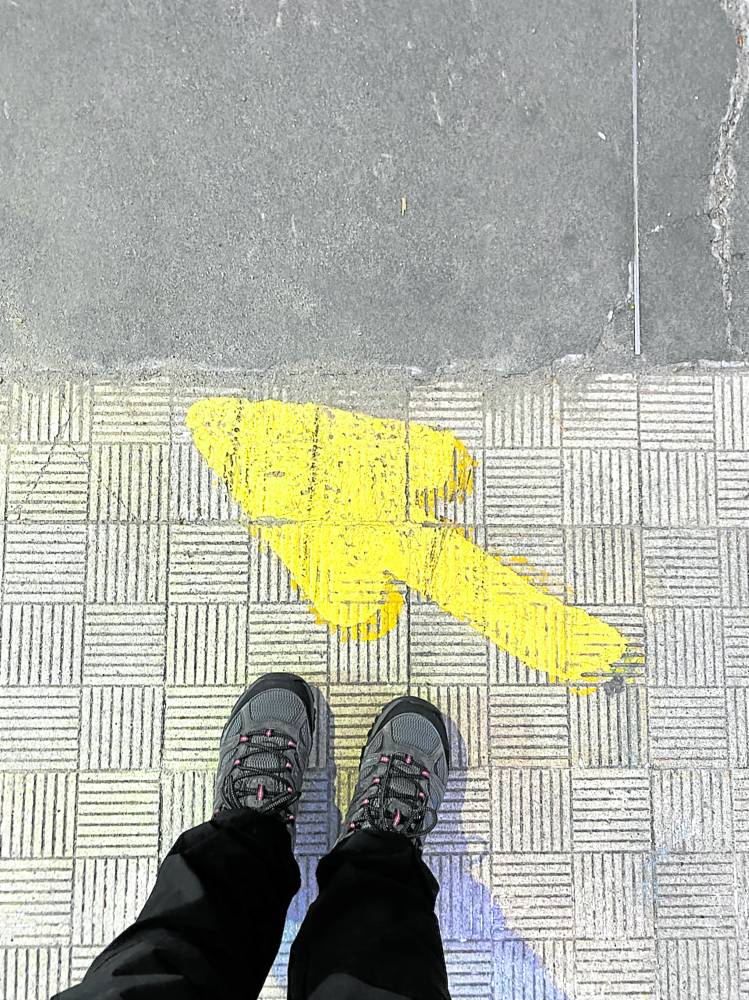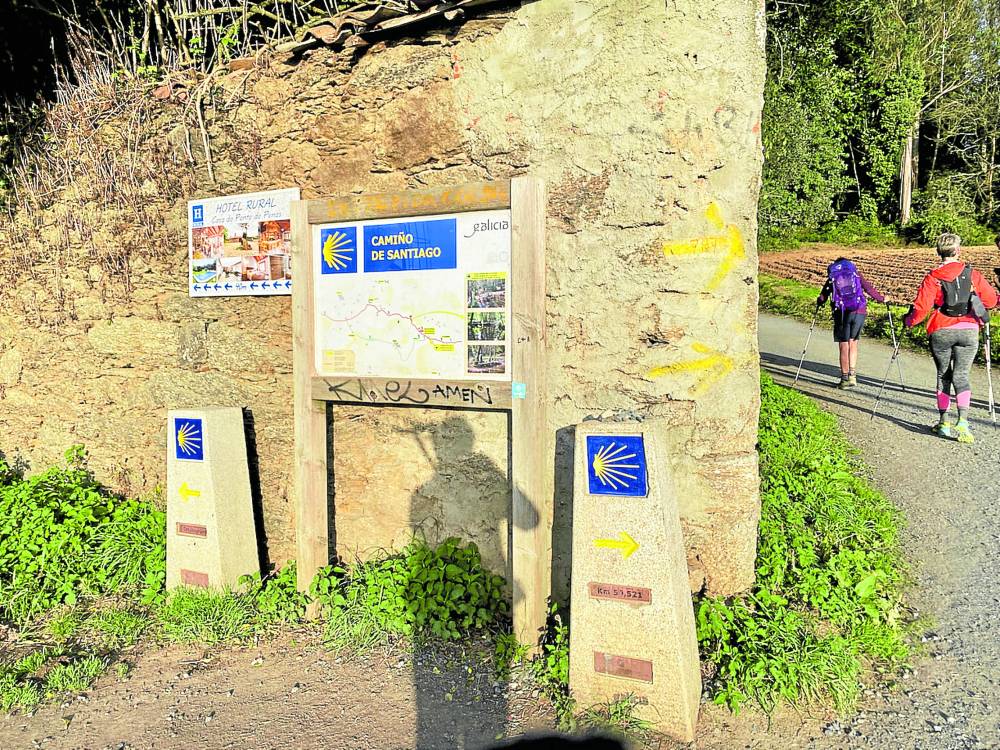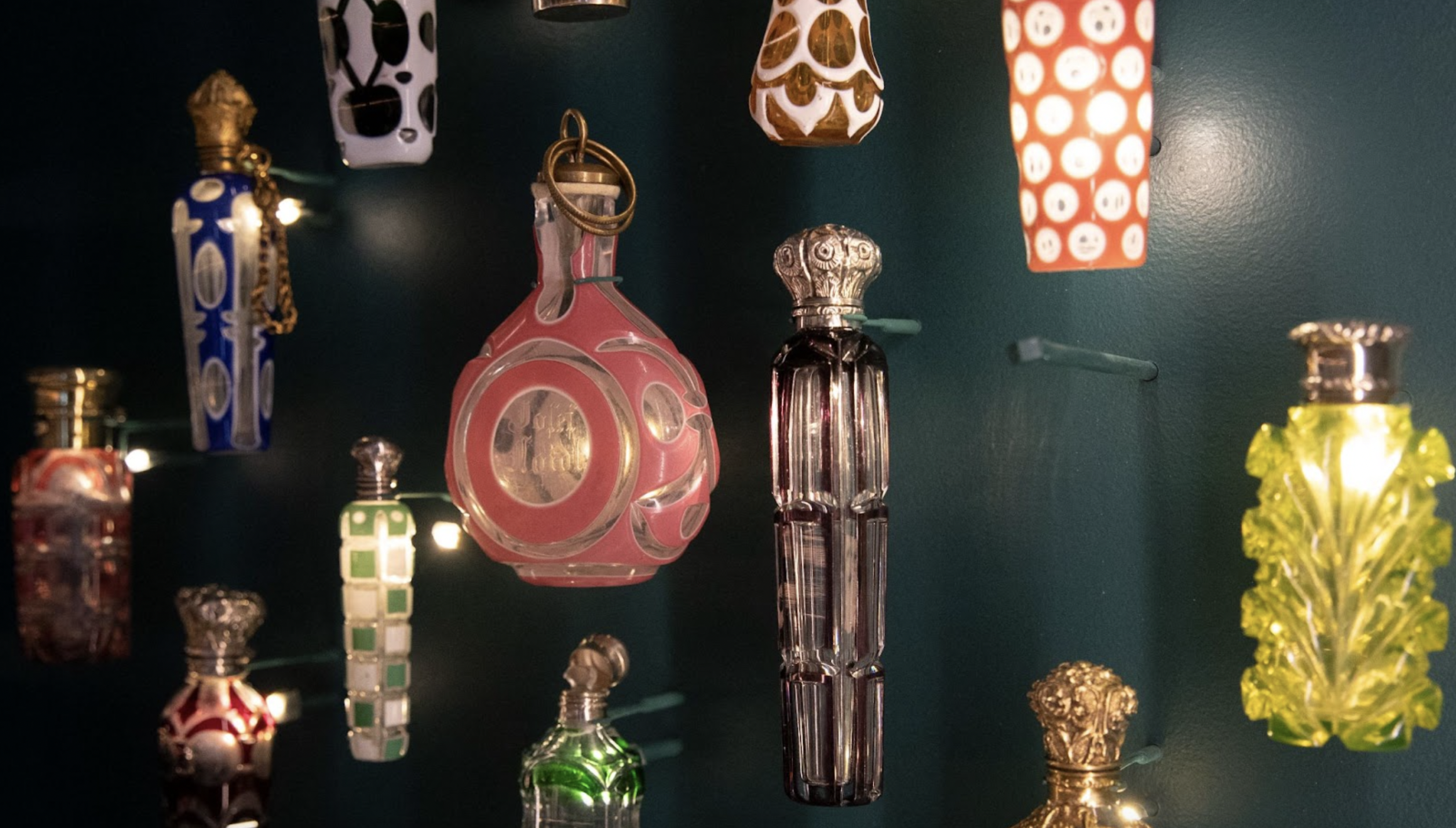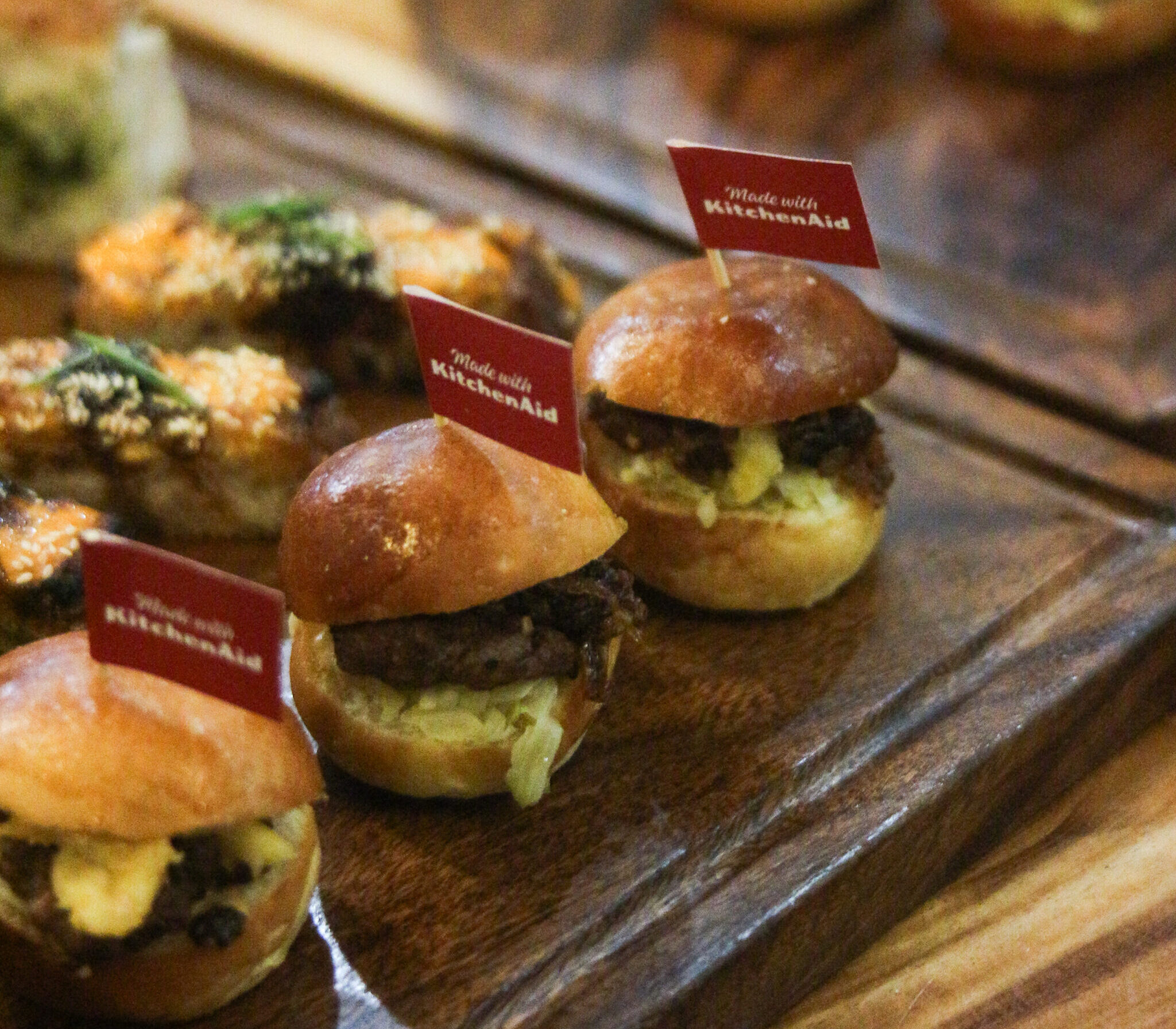The Camino de Santiago, with its landscape and history and the people who walk on it, makes openness and gratitude possible, if not inevitable.
Yellow arrows mark the way to Santiago de Compostela as if replicating the stars that, thousands of years ago, guided a shepherd to a field toward the remains of St. James the Great.
St. James was the first apostle of Jesus to be martyred. According to legend, after evangelizing in Spain, he was beheaded in Jerusalem, and his disciples decided to bring his body back to Spain. Eight hundred years later, a shepherd, entranced by a vision in the heavens, came to the land where the martyr’s remains were buried, in what is now known as Santiago de Compostela.
Over the years, various routes were established as people left their homes and headed to the site, the Cathedral of Santiago, in northwest Spain’s Galicia region. It was not just a visit to an apostle’s tomb. Other versions of St. James had surfaced by then—although not without controversy: a warrior of the faith, riding a white horse, his red and blue uniform blazing. In 1122, the Pope also introduced the granting of plenary indulgence: if pilgrims—peregrinos—culminate their journey with a Cathedral visit on St. James’ Day (July 25) that is also a Sunday, they will be absolved of sins.
It was much later, in the 20th century, when the yellow arrows started appearing.
Since then, people have traveled from all over the world to walk the Camino de Santiago or the Way of St. James. Official records show that 347,585 pilgrims arrived in 2019, 438,209 in 2022 and 446,305 in 2023.
During the COVID pandemic, I also walked the Way, the Camino. With that journey, I learned certain things. Clichés are aplenty, so I’ve summoned some spirits to state things rightly.
There is no one way
It might not sound fun, walking in rural Spain under the rain or scorching heat. But pilgrims do it. Some venture out on their own. Others sleep wherever the road takes them. Backpacks vary in size. Dogs, too.
Trekking the Camino could mean walking anywhere from 100 to 800 km, and takes from less than a week to 40 days. Walking on foot, pilgrims carry items for protection against thirst, hunger, injury, and the environment.

And they look for signs, the signs that tell them to turn right or left. The signs that warn them how difficult one path can get. The signs that announce the remaining distance to be traveled and how far they have gone.
People who make the pilgrimage might have a destination in mind. But the Camino is a reminder that the physical place is just that, a physical destination. They miss a turn, but the day still ends in jubilation. They reach a highway with nothing in sight, and yet somehow someone is calling out their name, beckoning them to friendly ground. Matters of logistics might get a traveler across, but the Way will reveal possibilities.
The Camino provides
Pilgrims walk the Way because of some longing. Whatever the motivation, be it adventure, spirituality, or religion, the decision to take that first step is always an act of exploration, and it sets in motion a series of events that occur because they are on the Camino.
On the Camino Frances, I found myself looking for a late lunch after walking 13 km, but without success. At the third cafe, nestled in a dangerous crossing, an overwhelmed server announced the closing of the kitchen even as several American women were pleading. I didn’t think they were being insensitive; they were probably in the same predicament as I was, not knowing about the Galician tradition of restaurants resting on Sundays. With the little Spanish I knew, I tried to communicate for them. As soon as I told them that even potato chips were sold out—eliciting sighs but also smiles—I saw an acquaintance coming from the dining area. She led me to her table and I, feasting on leftovers, suddenly had the best Spanish tortilla.
That incident also reminds me of what I encountered on the road to Pedrouzo. There’s a bar, and on its wall hangs a plaque with the words “El turista exige, el peregrino agradece: The tourist demands, the pilgrim is grateful. I don’t believe this reflects intolerance. Rather, it is an embodiment of the Camino.
Imagine: blue sky, towering trees, soft ground, warm breeze. Also: dress up, walk, eat, wash clothes, sleep. Day in, day out. The stillness and the rhythm, the simplicity of it all, can be liberating. The pilgrim is often pulled to attention, becoming ever so present. The smallest detail becomes an opportunity to appreciate the moment. And so it goes: mindfulness begets gratitude.
The Camino is the ‘peregrino’
The Camino is enveloped by an energy that is linked to its past and landscape, allowing today’s pilgrims to have their own experience while connecting with the ghosts of pilgrims past, they who have soldiered on along ancient tracks in defense of their faith.
During my journey, there was a family who appeared several times: a father, a son, a daughter, and a woman in a wheelchair. Every time, the focus was on the woman: holding her, carrying her, guiding her down a hilly path, all four unembarrassed. As for those behind them, neither pity nor patience was evident. Perhaps it seemed sacred, what was transpiring.
On another day, the pain in my right foot was excruciating. I took off my hiking shoes and slipped into a pair of sandals, with 4 km left to go. After this transformation, I made it to Melide. That night, I wrote a note to myself: “I was smiling as I was walking with my sandals. What a joy to have things get better. What a privilege.”
Such encounters could not have been unique to me. Anyone who has stepped on that land understands there’s no escaping from the recurring theme of strife and mercy. It’s comforting, to say the least, that no matter how solitary one’s voyage might be, there are attending elements hidden in the mist.

And when the day is done, what follows is a gathering of pilgrims. At some point, a kinship is created, an understanding of sorts among nations. Intimate details and vulnerable moments are shared, probably like they were thousands of years ago. Residents also tell their story, particularly those who were once pilgrims themselves and chose to stay.
People source grace from the Camino, that much is true. They learn to listen and surrender. With their humanity, they feed the Way, too. “Buen camino!” everyone says, a mantra of openness and gratitude that reverberates throughout the forests of Galicia.
It’s possible for peregrinos to end their journey without fulfilling the purpose they had imagined at the beginning: some self-actualization or redemption, a personal record of traversing woodland and sand. But that’s okay. Even when pilgrims depart to return to their lives, their soiled clothes and trekking poles stowed in the plane, a part of them remains in the fields under the stars. And those yellow markers will remain, waiting to guide and bear witness to anyone who seeks the Way.
The author, a lawyer, walked the last stages of the Camino with the help of John Brierley’s “Stingy Nomads” book and the “Nadine Walks” blog, the Buen Camino de Santiago app, and the self-walk services of a company in Spain.













































